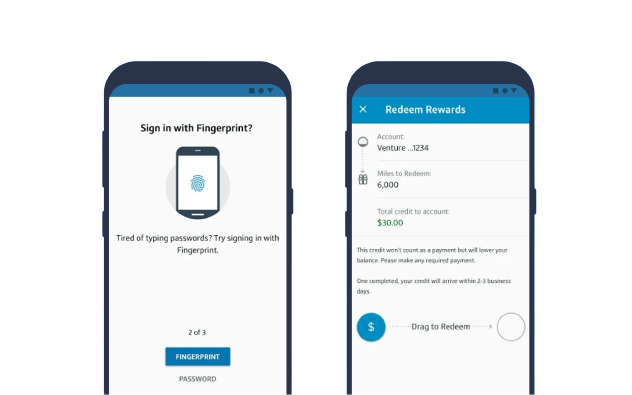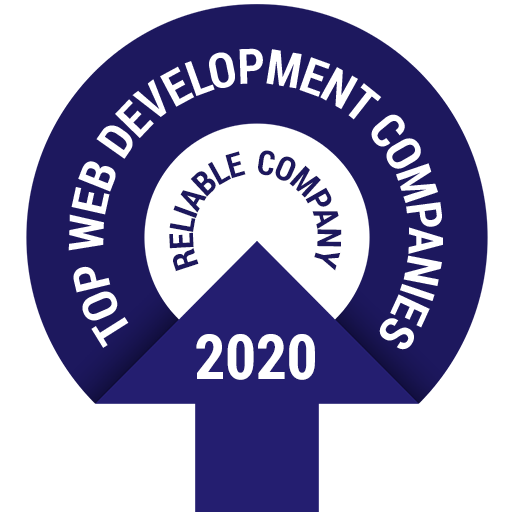The last few years have been a whirlwind period for enterprises, as work cultures ruffled up and finally settled for new ways of doing business with enterprise mobility. It has made businesses realise the potential of mobile devices supplied by them to their employees and how it can create a positive impact on their business in terms of enhanced communication, increased productivity and improved efficiency.
According to a study by Salesforce, 60% of British workers use mobile apps for work-related productivity and around 21% use department-specific enterprise apps. It has also been found that enterprise apps boost employee productivity by 34%!
While enterprise mobility is focused on solving the business needs, normal mobile apps are mostly fun-orientated and specifically focused on the consumers.
Additionally, developing enterprise mobile apps is much more complex and expensive, demands reliable security features to prevent any breaches of confidential business transactions and requires highly-skilled resources.
So, what lies ahead for enterprise mobility? Is it going to evolve more this year? Although half of 2015 is already gone, we can expect to see more improvements in the remaining months.
So let’s see what’s in store.
More Devices for Greater Enterprise Mobility
Forrester states that about 20% of all tablets sold today are used in enterprise mobility. This all started with the Blackberry in 2000 and the pace increased with smartphones in 2007 and again with tablets in 2010.
Besides this, a heterogeneous world of devices is emerging as “internet of things,” connecting all possible devices together.
You need to keep up with the pace of the ever-changing world of digital devices where the success mantra is to provide an outstanding user experience by adopting new technology and engaging the customers through the variety of devices.
This caused a paradigm shift in workplaces with the deployment of enterprise-focused apps being on the rise. According to Forrester, 65% of enterprises view customer engagement as their primary mobile priority.
So, we will certainly witness more devices used by businesses to maximise the usage of enterprise mobility to improve efficiency.
Interactive Apps on Multiple Devices
You have tested the agility and efficiency of enterprise mobility with services delivered in your hands on your smartphones and you do business and personal transactions with a whole range of smart devices, resulting in higher expectations for better services in your terms.
But now you want a consistent experience through resourceful apps on all your communication channels. Isn’t it?
To handle such mounting client anticipation, the IT industry is gearing up to meet the ever growing demands of enterprise and customer mobility.
One way of doing this is by an overhaul of the backend architecture to provide SOA-based apps running on a variety of digital devices. Enterprises are shifting to provide a perfect customer experience on all possible devices through interactive apps that aptly represent their business processes.
Such architectures will need a common code-base for all devices. It’s like a single application wearing various masks for multiple channels of interaction.
Versatile, Scalable and Robust Customer Apps
As this trend is catching up, a need to provide versatile, scalable and robust apps is being felt. These apps can be off the shelf or customisable to handle various user demands. They should be instantly deployable or vertically or horizontally configurable to adapt to your business processes.
The coming years will see a major growth of control systems to integrate the apps with the back-end functioning of the enterprises to give proficient and expert guidance to customers for profitable business deals at both ends.
Another new mobility trend is shaping up in enterprises is “bring your own device” (BYOD). Organisations have visualised huge savings by using smart devices brought by employees to their workplace. Internal business processes are now mobile-enabled through apps for employees in manufacturing, human resources, sales and marketing, and many more.
According to Forrester, by the end of 2015, 60% of the enterprises will employ higher investments in their IT departments in mobile apps. The fast invasion of smartphones, encouraged by low-cost Android phones, is driving the rapid growth of app development and downloads.
Providing Good Customer Experience
Enterprise apps are bridging the gaps between designers and IT professionals. Designers are being encouraged to create appealing designs to provide a unique experience to the customers. This collaboration of designers with IT professionals and the adoption of development standards across organisations will help create apps which give an excellent and beneficial customer experience.
This will allow experts and professionals to present the business and its processes to customers. To hit the bull’s eye, a single interconnected technology stack is needed to cater to all the development needs, such as device management, design, development and testing processes for multi-channel applications.
As per Forrester, 226 billion apps will be downloaded in 2015 and this number will grow at a five-year compound annual growth rate (CAGR) of 14.2%. By the end of 2017, 45% of the cloud services will be SaaS based. The world of mobility is being redefined and so are the enterprise processes. So with bigwigs forecasting a bright future for mobility, enterprises would not want to miss this opportunity.
Final Thoughts
“The global market for enterprise mobility is expected to grow from $72 billion to $284 billion by 2019, nearly quadrupling in size,” said the president of Products and Marketing of Kony Inc.
Enterprises are growing with mobility by redefining, reshaping, refining and refreshing their internal as well as external business communications and collaborations.
Apps for communication, office productivity, sales force automation, human resources, supply chain logistics, mobile commerce and customers are opening a new avenue of enterprise mobile applications for any imaginable and conceivable business process.
So we can expect to witness much more advancements in this space in the coming years.
What’s your view about enterprise apps? Have you implemented it yet? Do you have any points to share? Please feel free to leave your comments below and thanks for reading!

Written by Tanya Kumari
Tanya leads the Digital Marketing Team at Classic Informatics, a leading web development company . She is an avid reader, music lover and a technology enthusiast who likes to be up to date with all the latest advancements happening in the techno world. When she is not working on her latest article on agile team dynamics, you can find her by the coffee machine, briefing co-workers on the perks of living a healthy lifestyle and how to achieve it.








.png)









